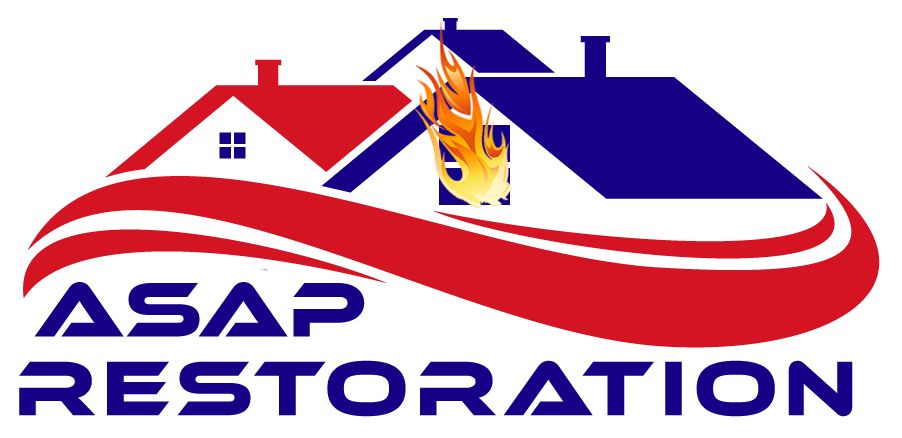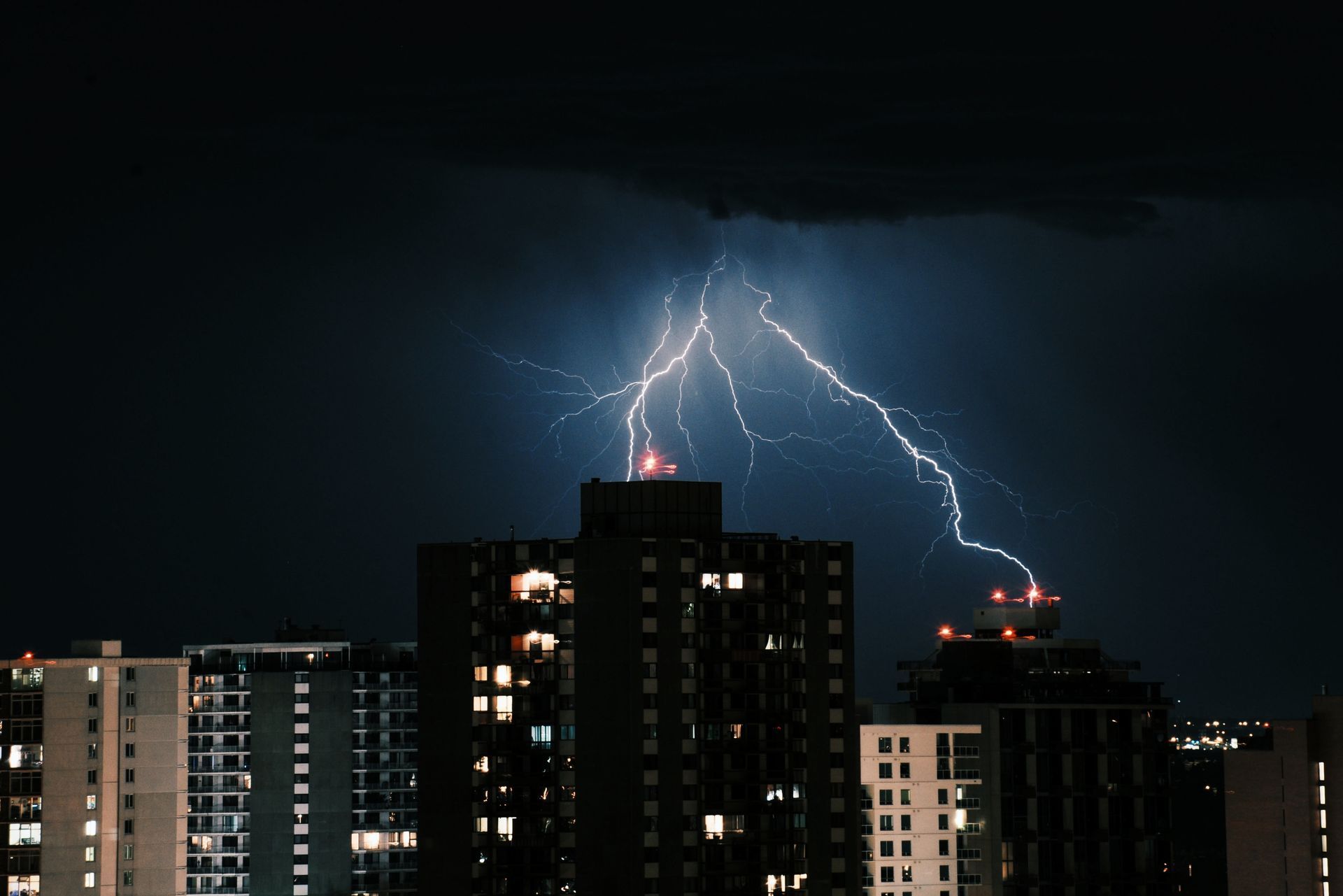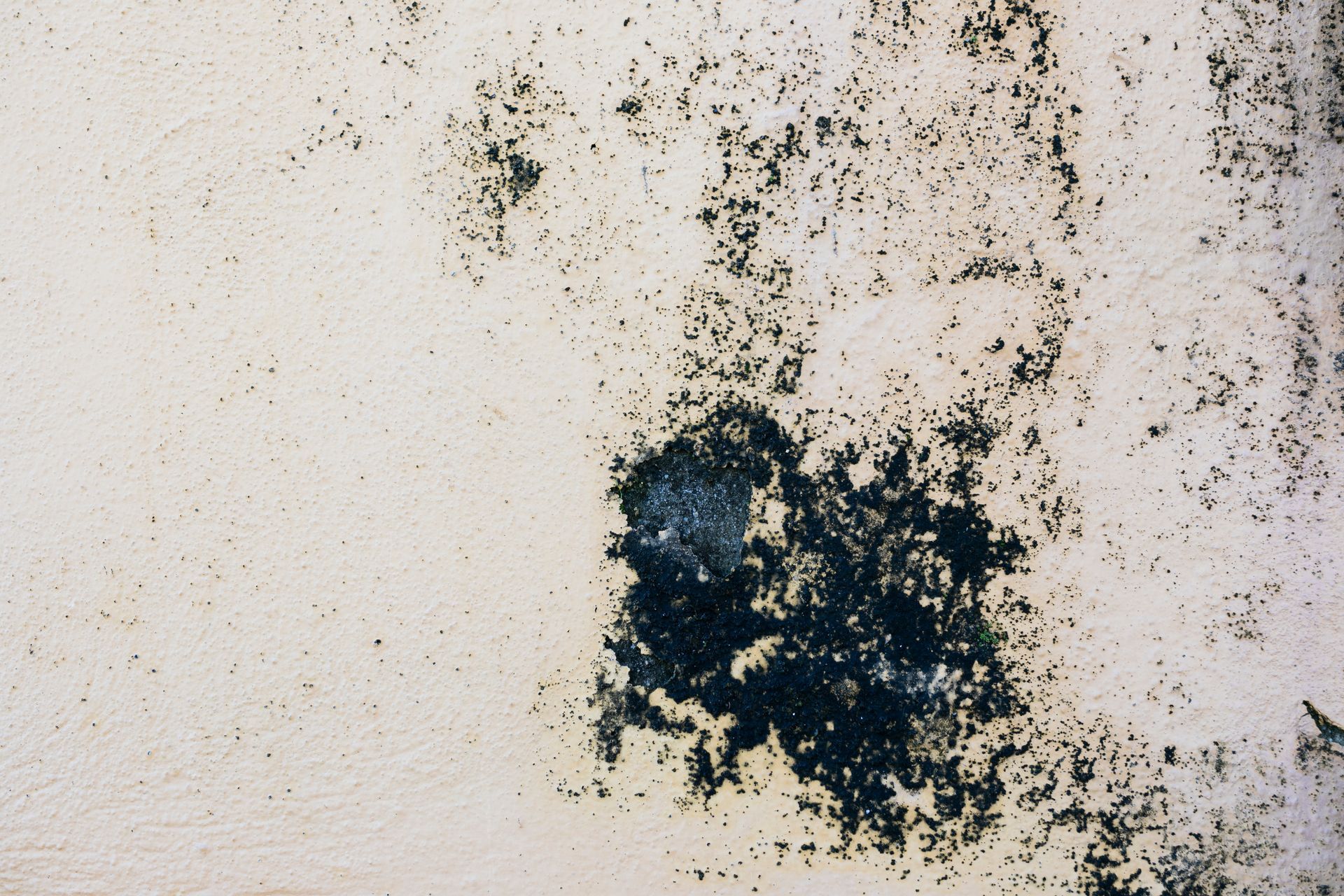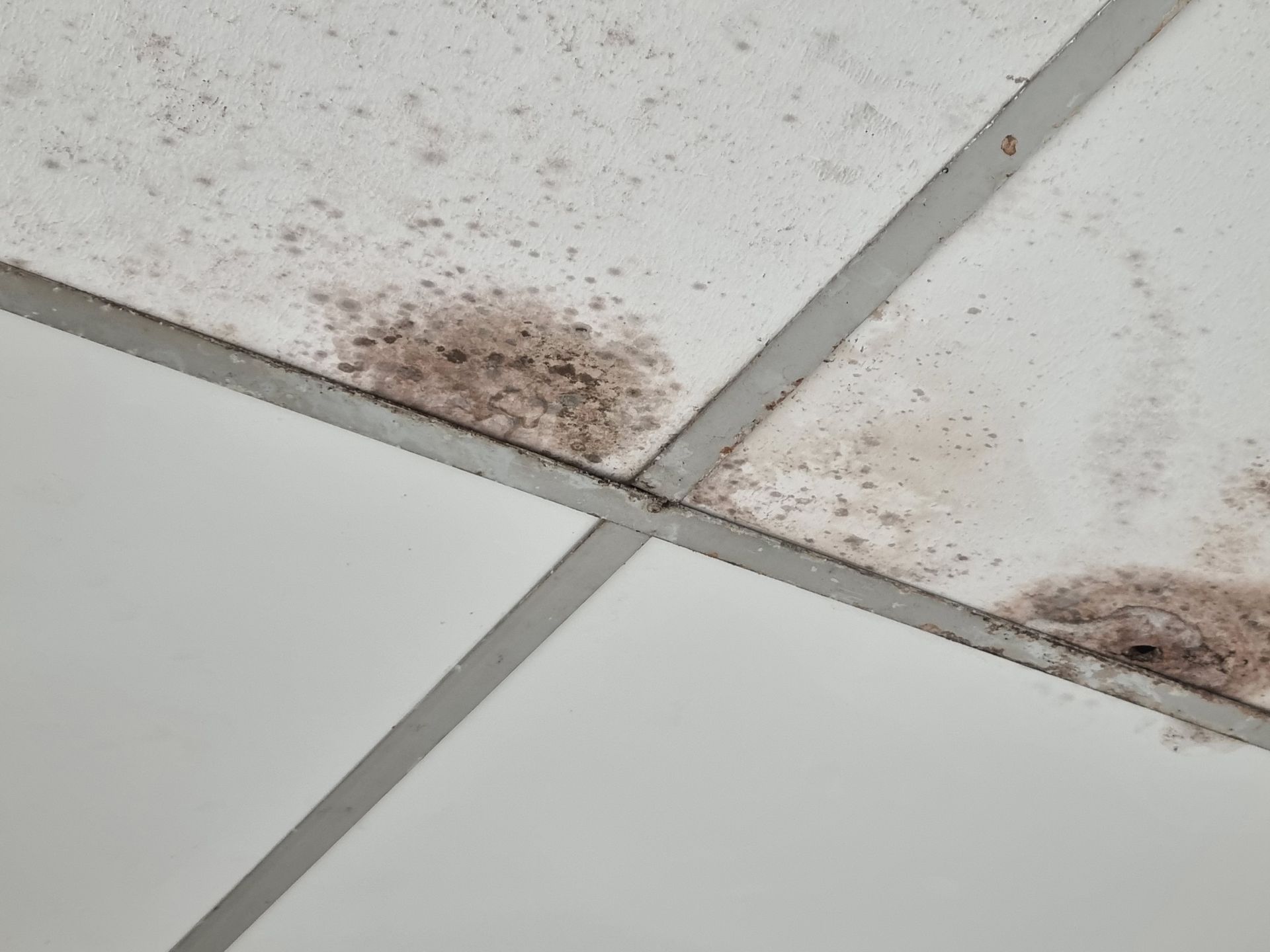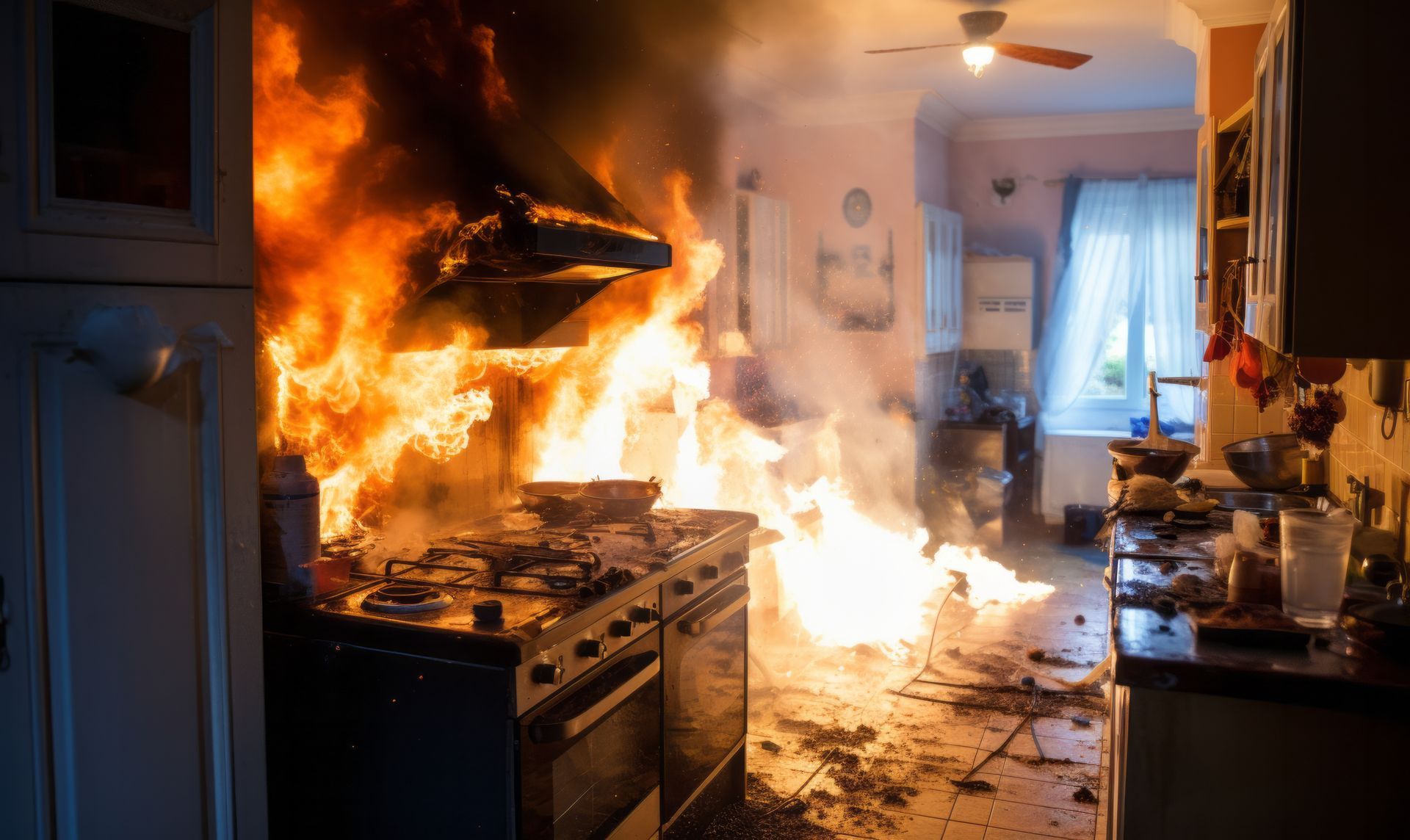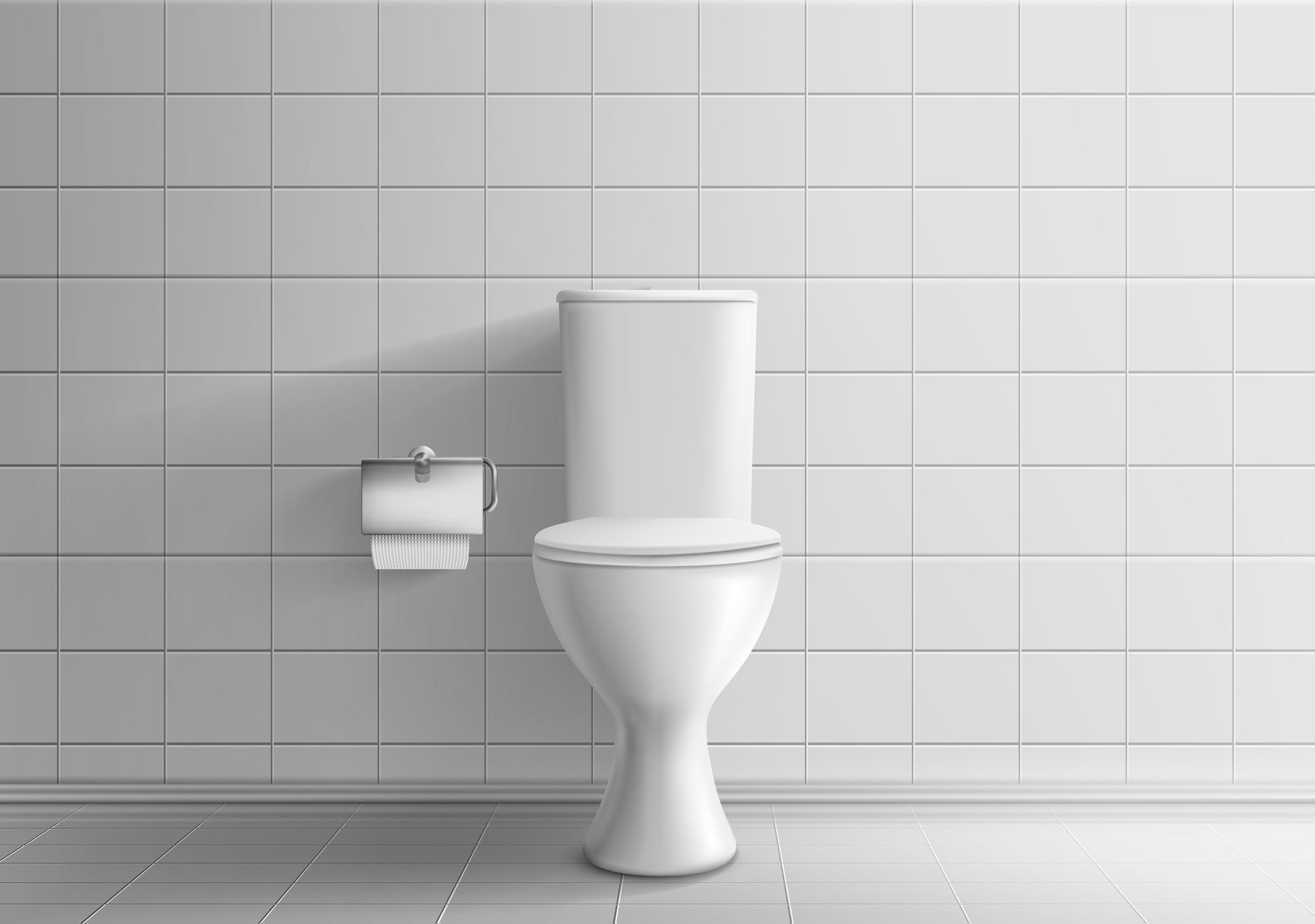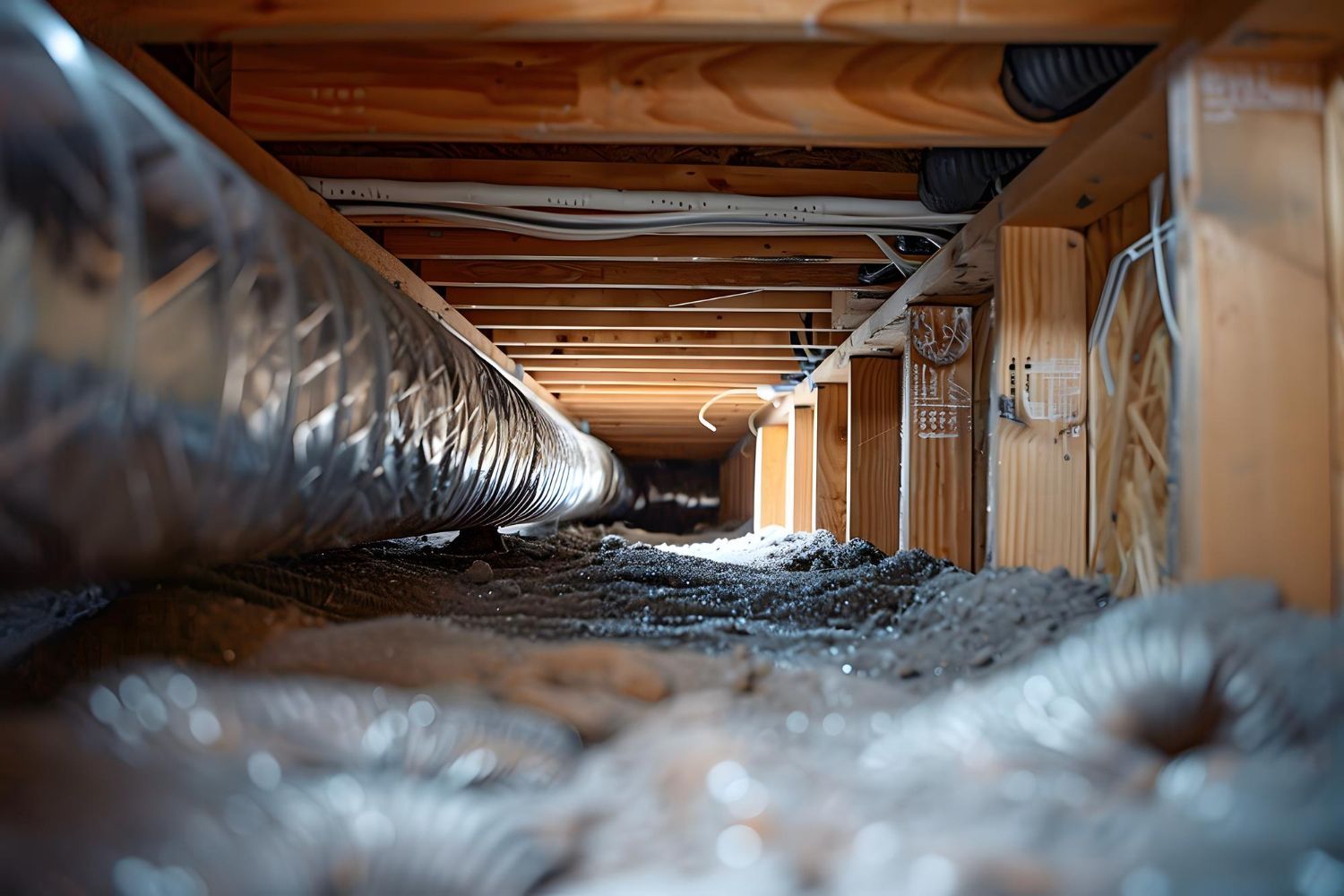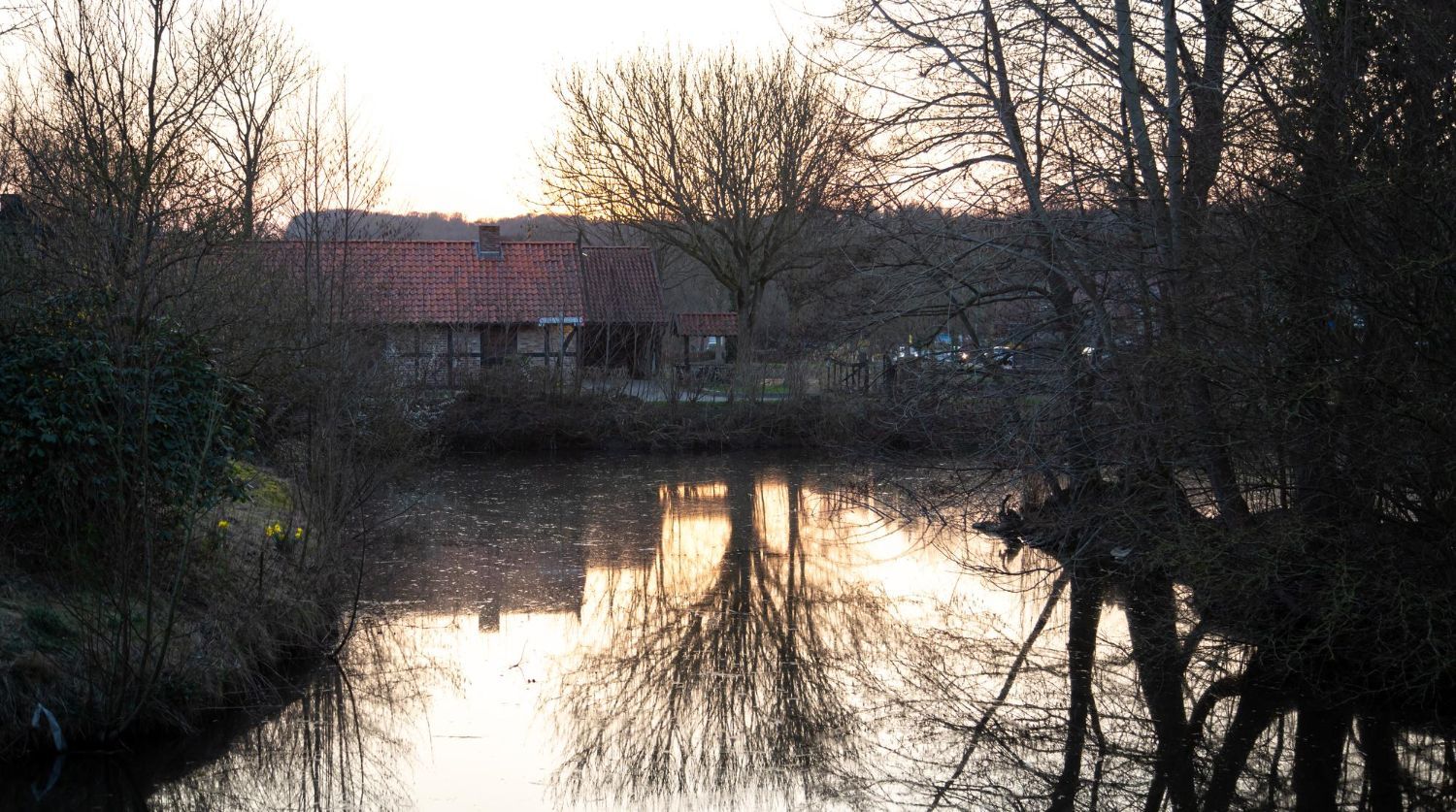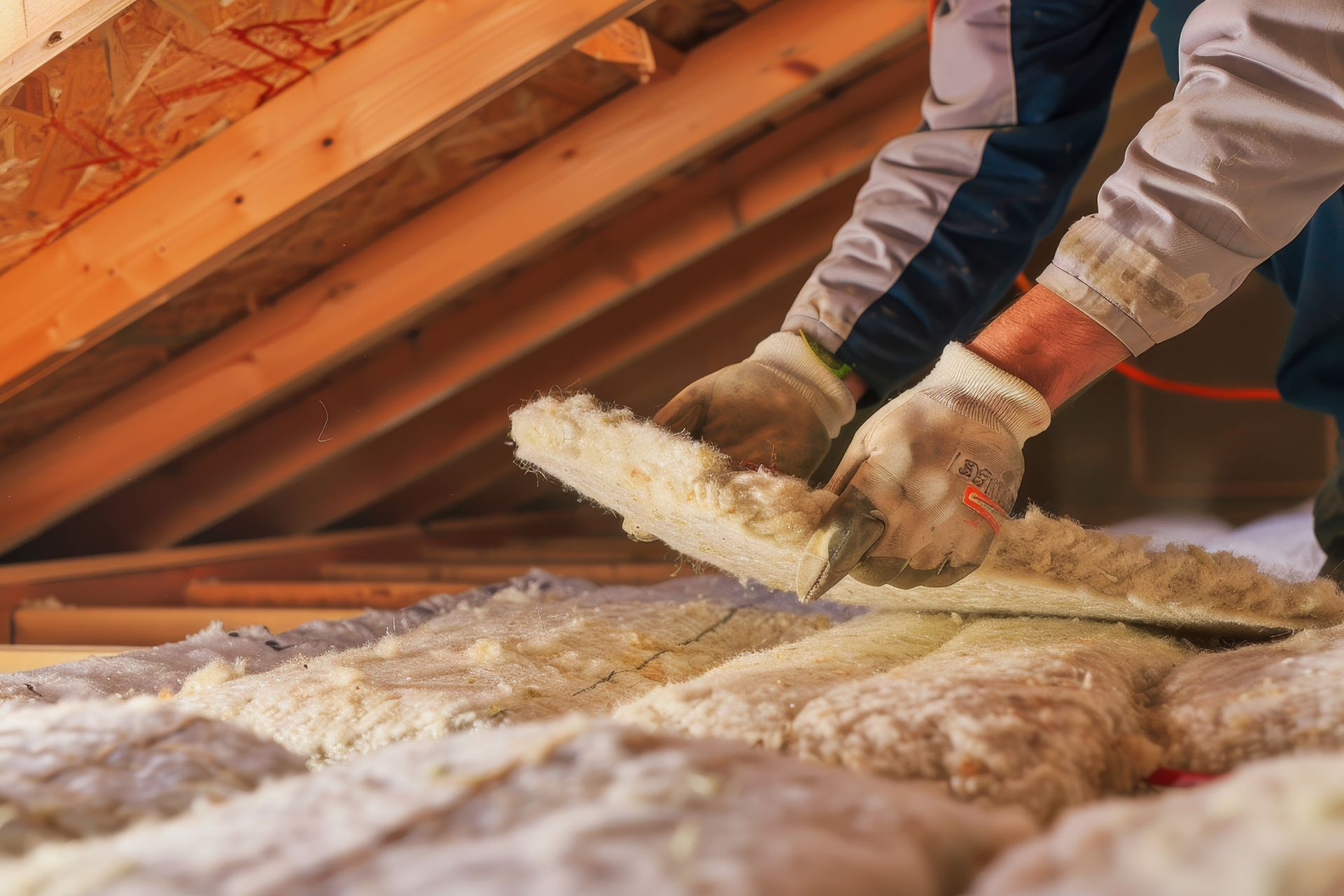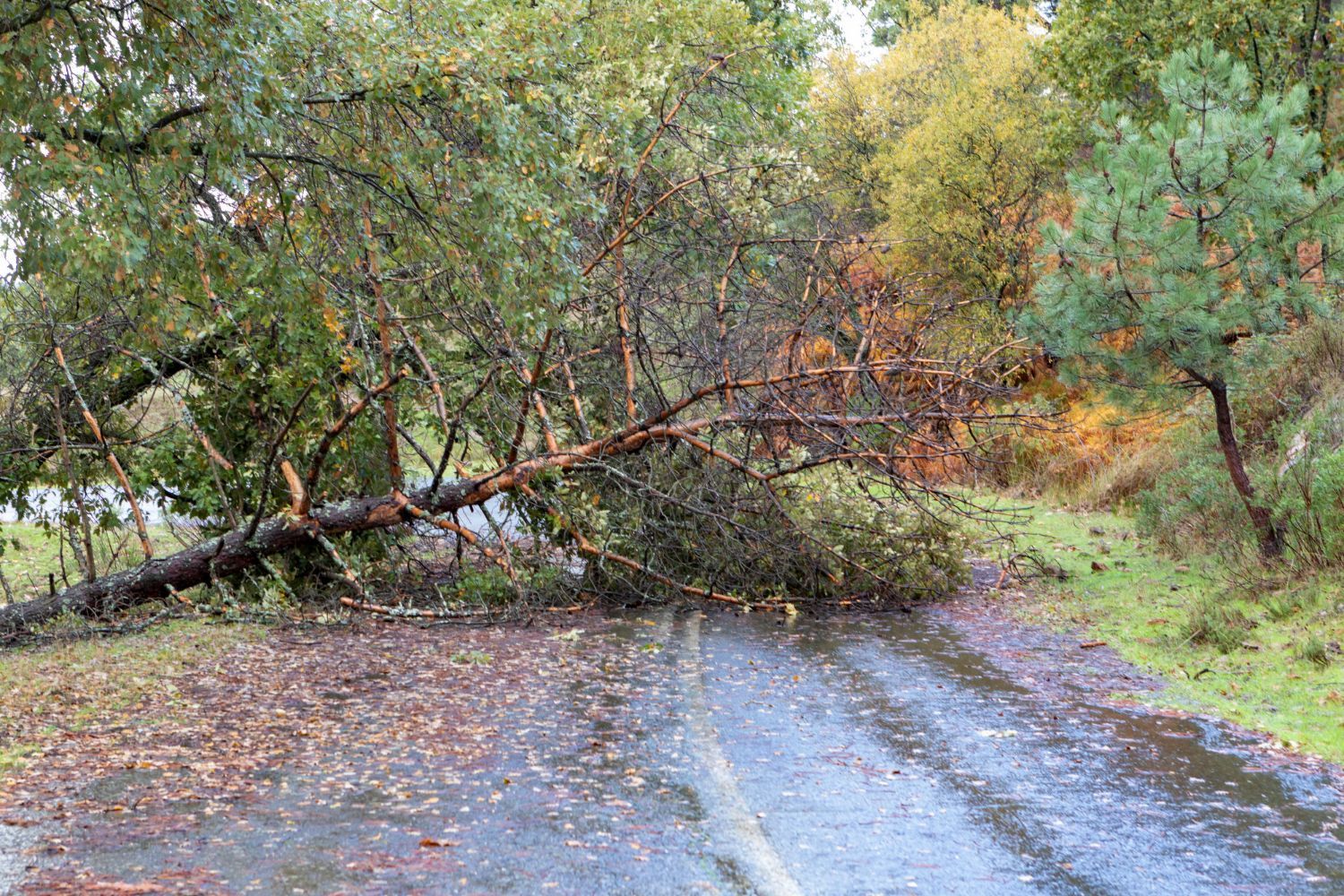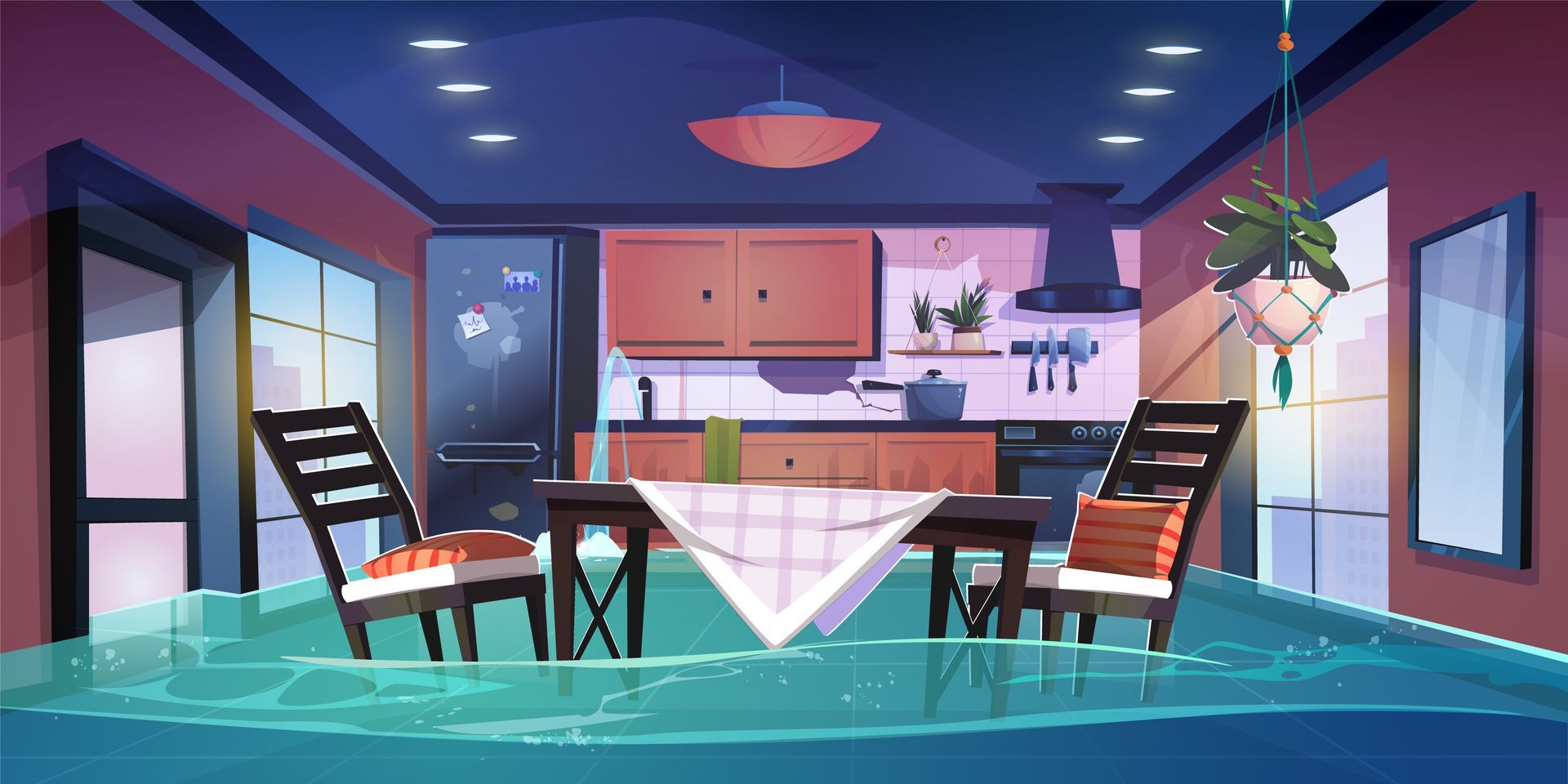Why Smoke Damage Is So Hard to DIY
Why Smoke Damage Is So Hard to DIY: The Hidden Challenges of Restoration
-Los Angeles, CA
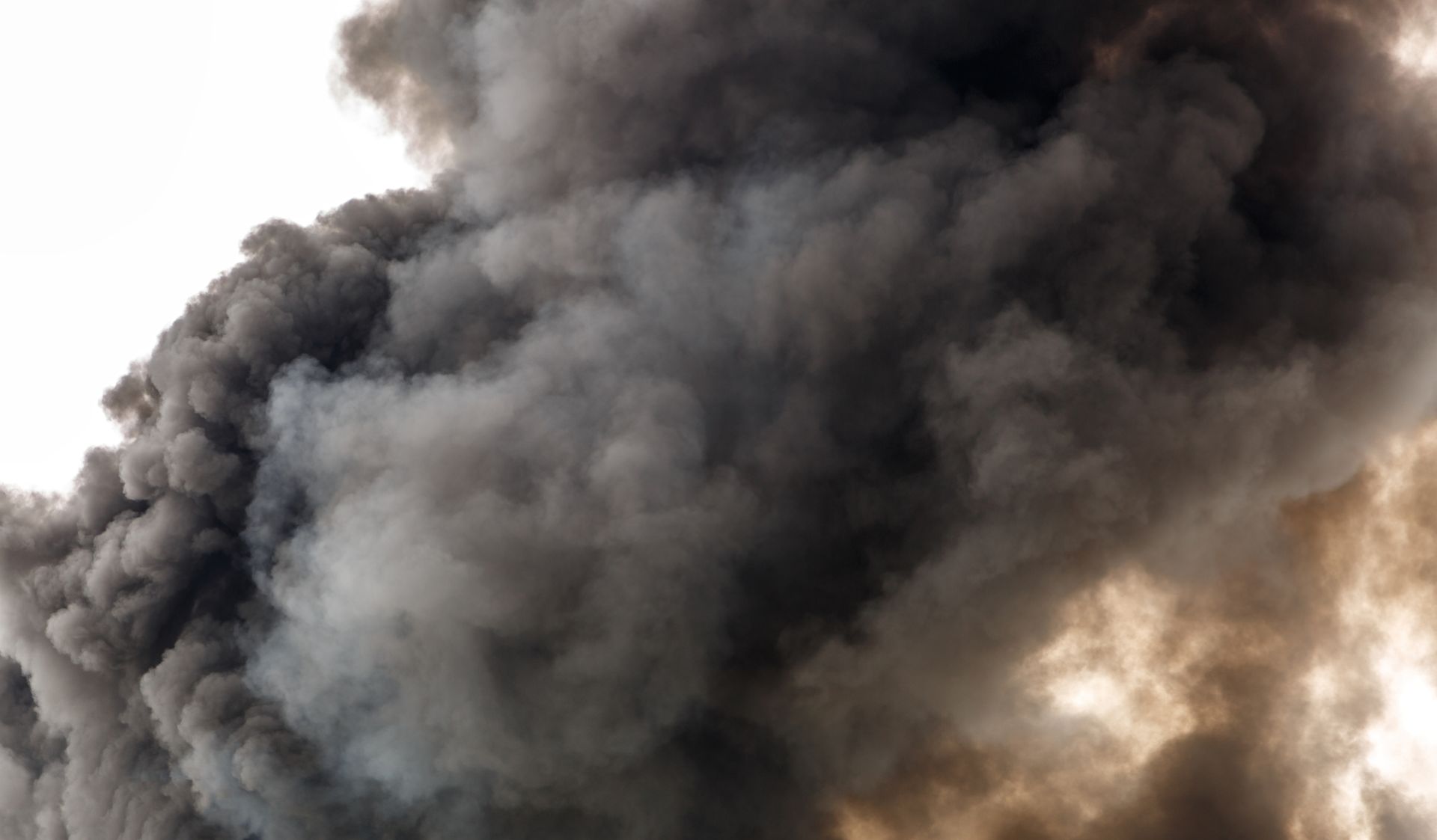
When a fire occurs, it’s not just the flames that cause damage—smoke can be equally destructive and challenging to deal with. While some homeowners may consider tackling smoke damage on their own, the reality is that DIY smoke damage restoration is fraught with difficulties. In this blog post, we’ll explore why smoke damage is so hard to handle on your own and why professional help is often necessary to fully restore your property.
1. Smoke Penetrates Deeply Into Surfaces
One of the biggest challenges of dealing with smoke damage is how deeply smoke particles can penetrate various surfaces in your home. Smoke doesn’t just settle on the surface of walls, ceilings, and furniture; it seeps into porous materials like wood, drywall, fabrics, and insulation. This deep penetration makes it incredibly difficult to remove smoke odors and residue with standard cleaning methods.
Even if the surface appears clean, smoke particles can remain trapped deep inside materials, leading to persistent odors and potential health risks. Professional restoration services use specialized equipment, such as industrial-grade ozone generators, thermal foggers, and HEPA air scrubbers, to reach these hidden areas and effectively eliminate smoke particles.
2. Smoke Odor Is Stubborn and Lingering
The smell of smoke is notoriously difficult to get rid of. This stubborn odor can linger for weeks, months, or even years if not properly addressed. DIY cleaning methods, such as using household cleaners, air fresheners, or even vinegar, may mask the odor temporarily but won’t eliminate it at its source.
Professional restoration companies have the tools and expertise needed to neutralize smoke odors at the molecular level. They use advanced deodorization techniques that target the smoke particles responsible for the smell, ensuring that your home is not only visually clean but also free from lingering odors.
3. Different Types of Smoke Require Different Treatments
Not all smoke is the same, and the type of smoke produced by a fire can vary depending on the materials that burned. For example, smoke from burning wood (dry smoke) is different from smoke produced by burning plastics or synthetic materials (wet smoke). Each type of smoke behaves differently and requires specific cleaning methods.
Without understanding the differences between these types of smoke, you risk using the wrong cleaning techniques, which can make the damage worse or leave behind residues that are even harder to remove. Professional restoration teams are trained to identify the type of smoke damage and apply the appropriate cleaning methods to ensure thorough and effective restoration.
4. Smoke Damage Can Affect HVAC Systems
Smoke doesn’t just affect the visible areas of your home—it can also infiltrate your HVAC system, spreading contaminants throughout your entire property. When smoke enters your air ducts, it can circulate soot and smoke particles every time the system is in use, leading to continuous exposure to harmful residues and unpleasant odors.
Cleaning an HVAC system after smoke damage is a complex task that requires specialized equipment and expertise. A thorough cleaning involves not only the ducts themselves but also the vents, filters, and components within the system. Attempting to clean the HVAC system on your own can lead to incomplete results and ongoing issues with indoor air quality.
5. Health Risks Associated with Smoke Damage
Smoke damage isn’t just a cosmetic issue—it can pose serious health risks, particularly if not properly addressed. Smoke contains a mix of toxic chemicals, including carbon monoxide, formaldehyde, and other harmful substances that can linger in your home long after the fire has been extinguished. Exposure to these toxins can lead to respiratory problems, skin irritation, and other health issues.
Without the proper protective gear and cleaning techniques, attempting to clean up smoke damage on your own can put you at risk. Professional restoration technicians are equipped with the necessary protective gear and knowledge to safely handle and remove smoke residues, ensuring that your home is safe for occupancy.
6. The Risk of Incomplete Restoration
Perhaps the most significant risk of attempting to DIY smoke damage restoration is the possibility of incomplete results. Smoke damage can be pervasive and difficult to detect, especially in hidden areas like attics, crawl spaces, or behind walls. If smoke damage is not fully addressed, it can lead to ongoing problems such as odors, staining, and even structural deterioration over time.
Professional restoration services provide a comprehensive approach to smoke damage restoration, addressing both visible and hidden damage. They conduct thorough inspections, use advanced cleaning techniques, and ensure that every affected area is properly restored, giving you peace of mind that your home is truly safe and clean.
Trust the Experts with Smoke Damage Restoration
While it may be tempting to try to handle smoke damage restoration on your own, the complexities and risks involved make it a job best left to professionals. The deep penetration of smoke, the stubbornness of odors, the varying types of smoke, and the potential health risks all contribute to why DIY methods often fall short.
By trusting the experts with your smoke damage restoration, you can ensure that your property is thoroughly cleaned, odors are effectively eliminated, and your home is safe for you and your family. If your property has been affected by smoke damage, don’t take chances—contact us a professional restoration company to get the job done right.
